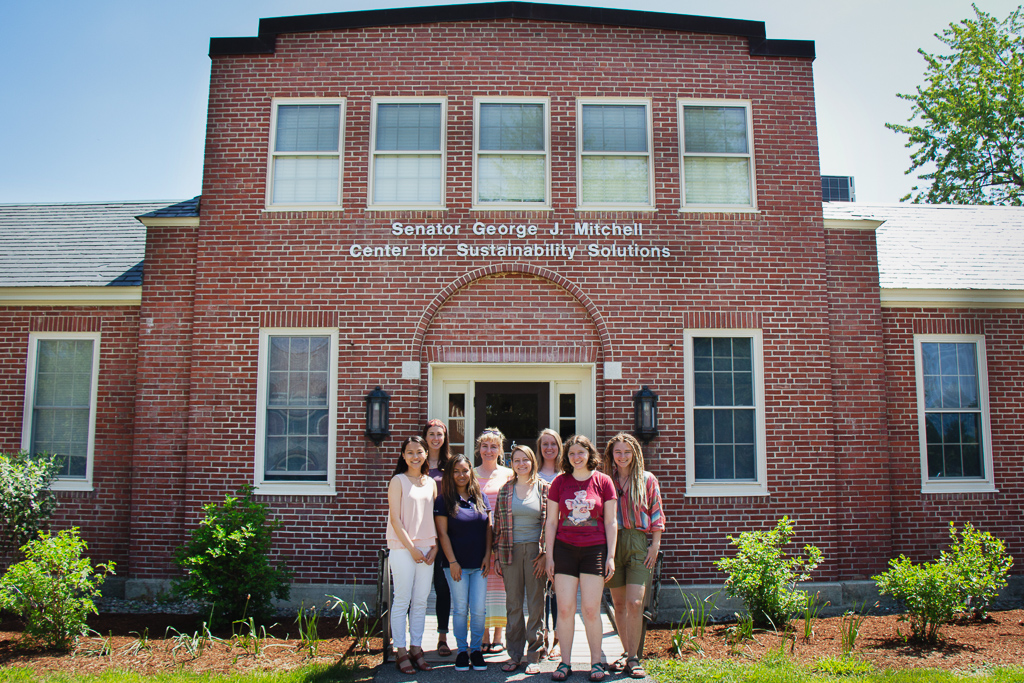
Do more ticks equal fewer tourists in Maine? Team studies impact of bloodsucking arthropods
Maine’s idyllic landscape, rugged coastline and abundance of wildlife attract visitors each year to its natural parks.
However, experts predict an increase in the number of ticks infected with Lyme disease due to climate change – which threatens to expose more people to the disease and cause some visitors to opt for alternative destinations.
Which could negatively impact Maine’s annual $3.5 billion nature-based tourism industry.
Ecology student Molly Bennett, from Falmouth, Maine, believes people care more about the environment when they visit places like Acadia National Park. And she wants to help eliminate barriers that would cause visitors to avoid nature-based tourist locations.
“To me, one of the most critical parts of environmental stewardship is conducting quality research and then implementing those findings,” says Bennett. “Fear and apprehension about wildlife – like ticks – can be a barrier and we can address those concerns through education.”
University of Maine researchers are investigating this issue from multiple angles with the goal to better understand the natural and human drivers of tick-borne disease transmission and potential interactions among climate, wildlife and visitation.
The team includes scientists in entomology and ecology, climate change, and recreation and tourism as well as undergraduates and graduate students involved from biology, wildlife ecology, tourism, and climate science.
Allison Gardner, assistant professor of arthropod vector biology and Faculty Fellow at the Senator George J. Mitchell Center for Sustainability Solutions, is principal investigator.
The Interdisciplinary Undergraduate Research Collaborative (IURC) initiative funds the project: “Biophysical and social dimensions of tick-borne disease risk in Maine’s public parks and natural areas”, which is a continuation of work funded by the Mitchell Center to study tick-borne disease in Acadia National Park.
Gardner enjoys collaborating with interdisciplinary teams of researchers to address urgent public health concerns in the state as well as sharing the experience with undergraduate and graduate students.
“The IURC program is critical to exposing undergraduates to real-world, interdisciplinary problem-solving,” says Gardner. “We have a very strong collaboration and we’re expanding upon our research efforts to understand the social and ecological drivers of tick-borne disease transmission in Maine’s beautiful public parks and natural areas.”
Sandra De Urioste-Stone is co-principal investigator and assistant professor of nature-based tourism and Mitchell Center Faculty Fellow. She believes the interdisciplinary research method enhances the training of students on how to work in teams on applied research projects that help address an important and relevant problem.
The team, in collaboration with National Park Service scientists and staff, will conduct field studies, visitor surveys and produce a tick and Lyme disease awareness document for public outreach.
Media contact: Christel Peters, 207.581.3571
